by Mike Haskew
The American Civil War was the tragic culmination of divergent perspectives on the proper conduct of the government of the United States and socio-economic issues that had been frequently at the forefront of American political life for decades.
The war began when Confederate guns in Charleston Harbor fired on Fort Sumter on April 12, 1865, and is generally acknowledged to have come to an end with the surrender of General Robert E. Lee and the Confederate Army of Northern Virginia to Union armies under the command of General Ulysses S. Grant at Appomattox Court House, Virginia, on April 9, 1865. Other Confederate forces, particularly General Joseph Johnston’s Army of Tennessee, surrendered later, and sporadic fighting continued until early summer.
Slavery, Industrialization, States’ Rights
The central issues that brought about the Civil War included the theory of states’ rights versus a strong central government and the extension of the doctrine of nullification that proffered the right of an individual state to “nullify” Federal legislation that its leaders believed was not in the particular state’s best interests.
Complicating the situation was the industrialization of the Northern states while the South remained primarily agrarian. While the institution of slavery waned in the North, it became a significant source of manual labor in the South. As the nation grew, the extension of slavery into the Western territories became a significant bone of contention. During the first half of the 19th century, compromises managed to postpone the coming armed conflict.
Triggering the Secession
The election of Abraham Lincoln, a Republican, as President of the United States, triggered the secession of South Carolina from the Union in December 1860, followed by North Carolina, Georgia, Florida, Alabama, Mississippi, Arkansas, Louisiana, Texas, Virginia, and Tennessee. Theses 11 states declared themselves the Confederate States of America under President Jefferson Davis, with their capital first at Montgomery, Alabama, and then at Richmond, Virginia.
During the course of the war, the Union Navy exerted a strangling blockade of Confederate ports, restricting the flow of war materiel and stifling the cotton trade. On land, Union armies endured initial setbacks; however, the overwhelming superiority in manpower and industrial capacity made victory for the Union inevitable over the course of time. Major battles included First and Second Manassas, Shiloh, Antietam, the Battle of Gettysburg, the siege of Vicksburg, Chickamauga, Chattanooga, Atlanta, Chancellorsville, the Wilderness, Spotsylvania, Cold Harbor, and the siege of Petersburg.
The Country’s Most Costly Conflict
The American Civil War was the most costly armed conflict in the history of the United States, as more than 600,000 died, more due to rampant disease than on the battlefield. The institution of slavery was abolished by the 13th Amendment to the U.S. Constitution, and following the harsh era of Reconstruction, the nation was again united. Issues concerning civil rights, however, persisted, and the legacy of the war is still influencing the nation today.

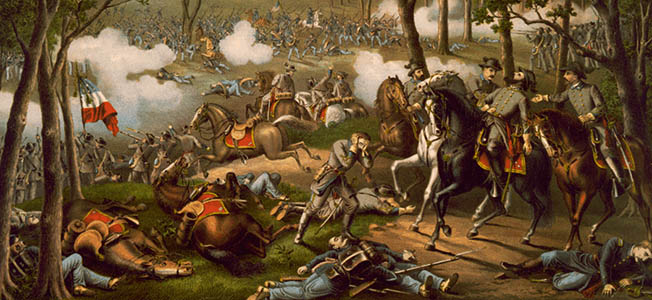

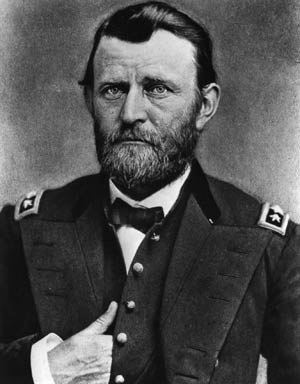
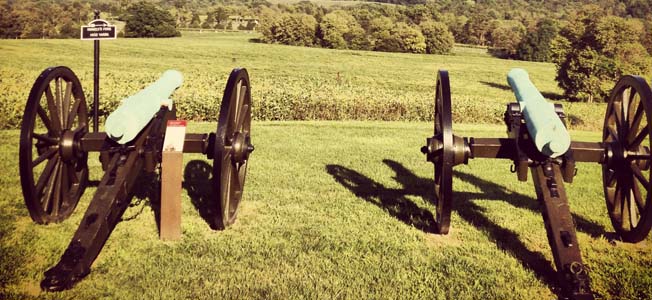
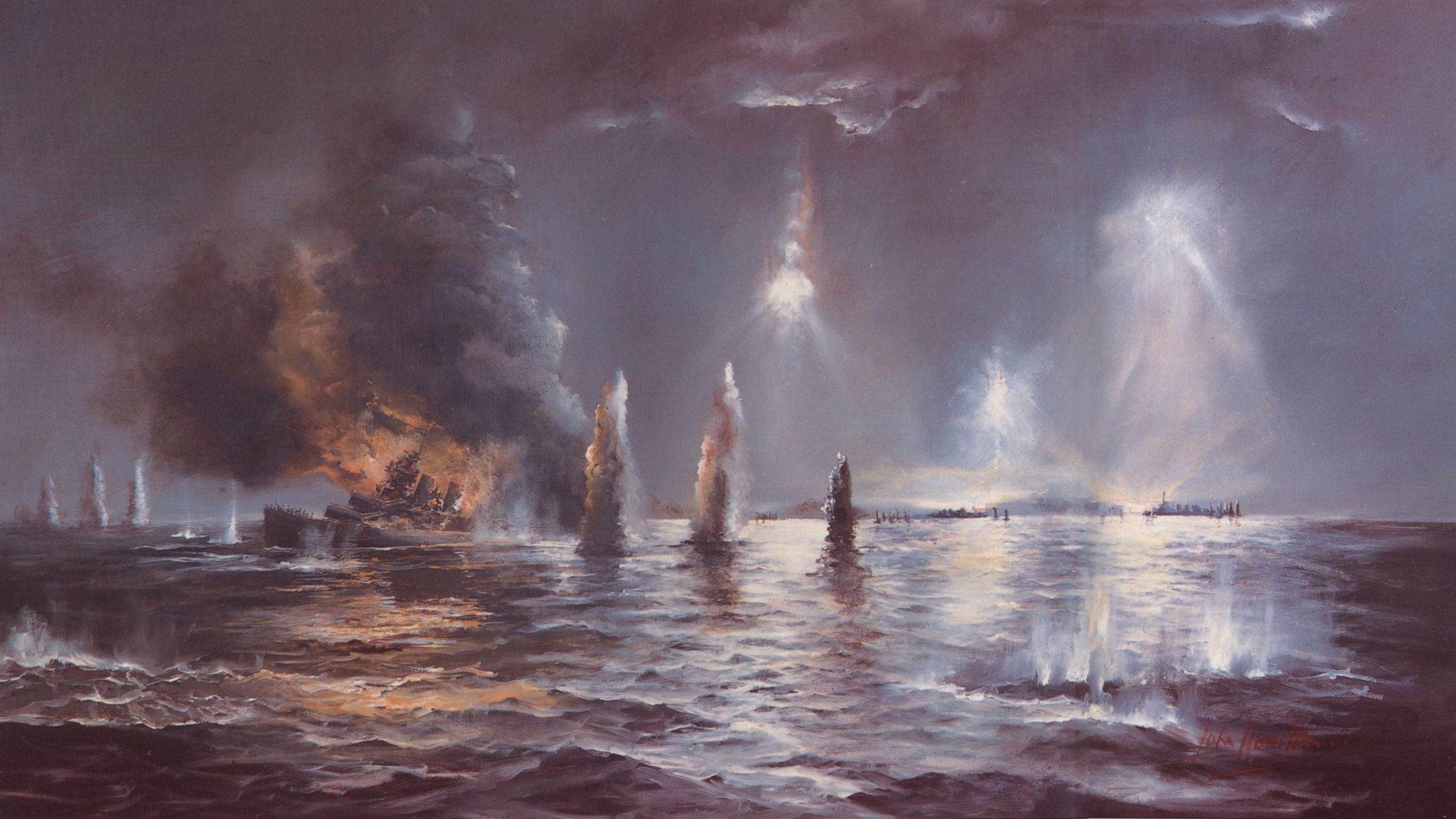

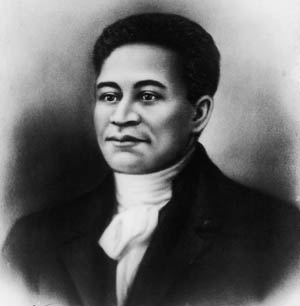
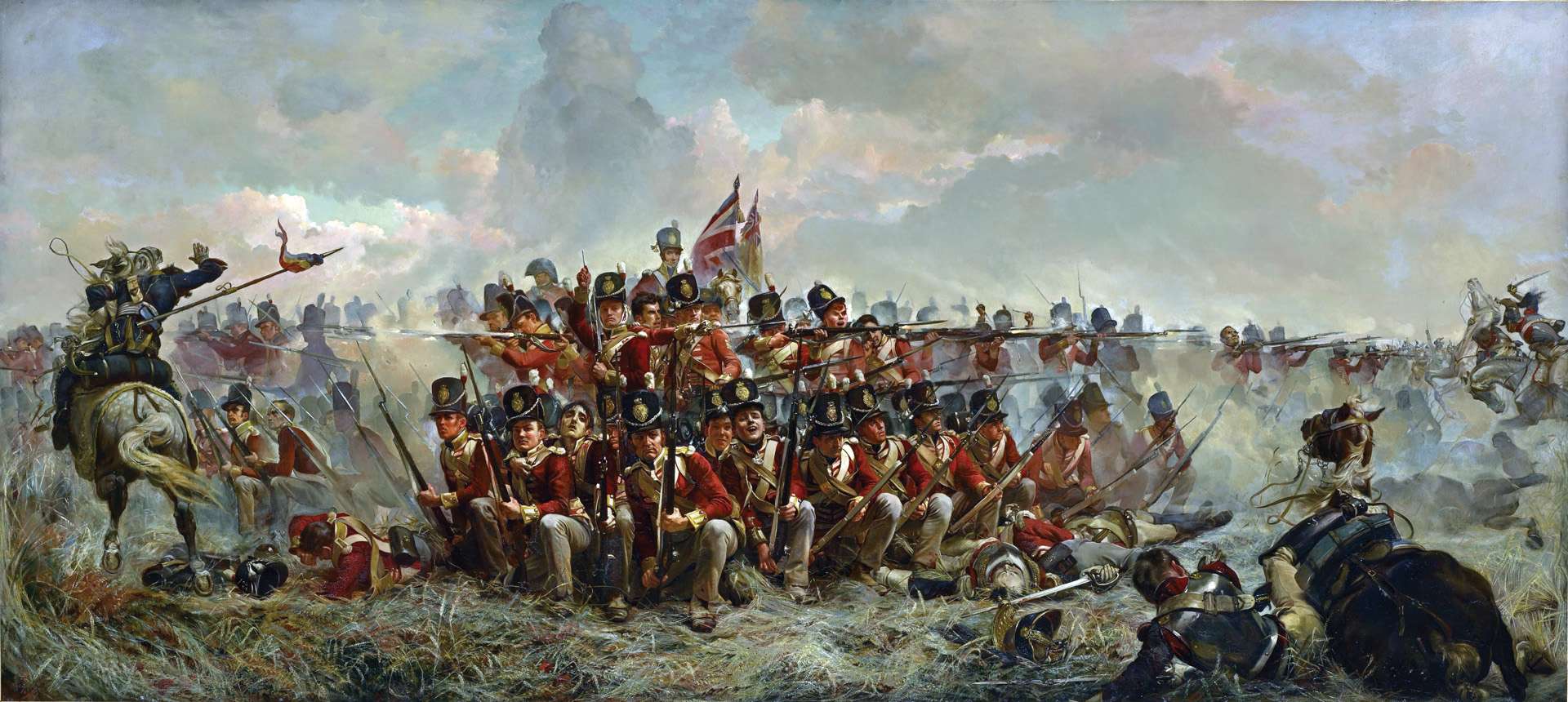
Join The Conversation
Comments
View All Comments